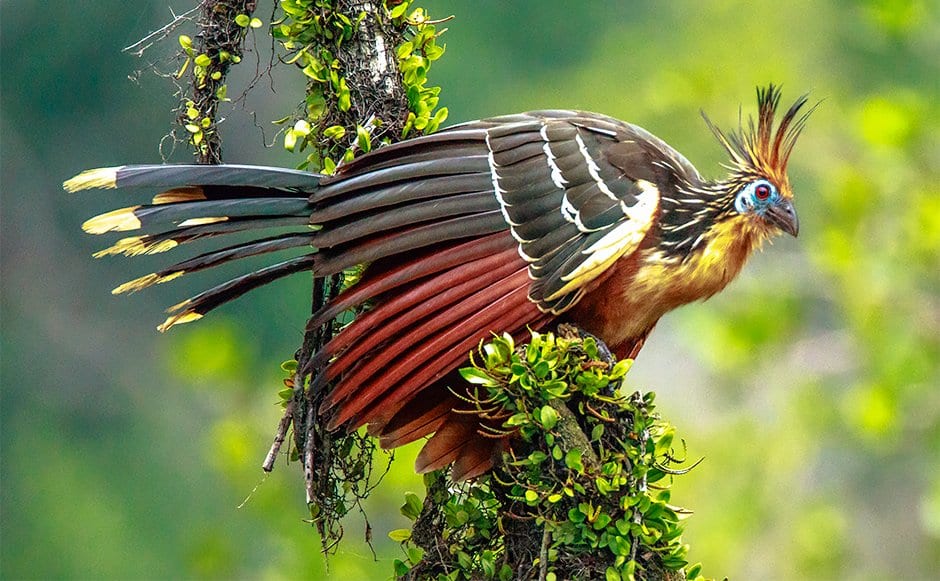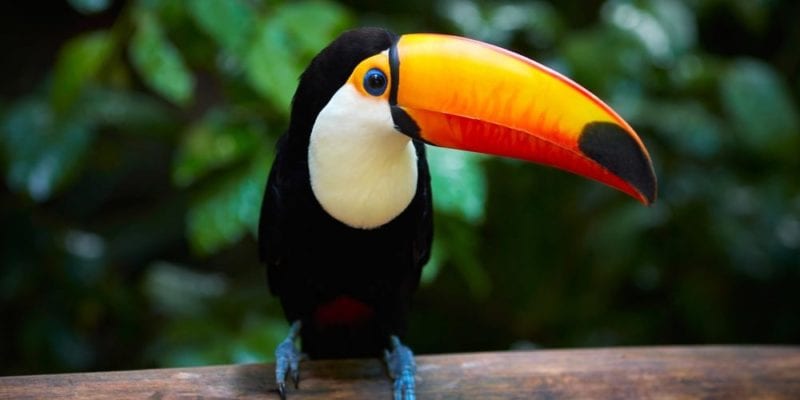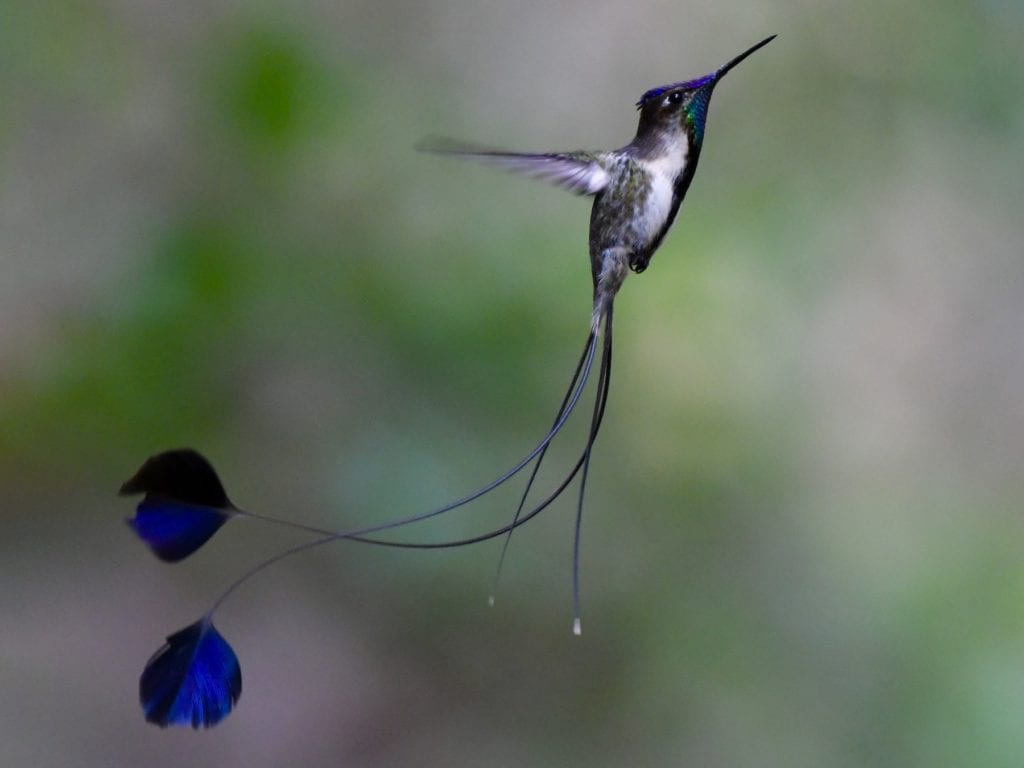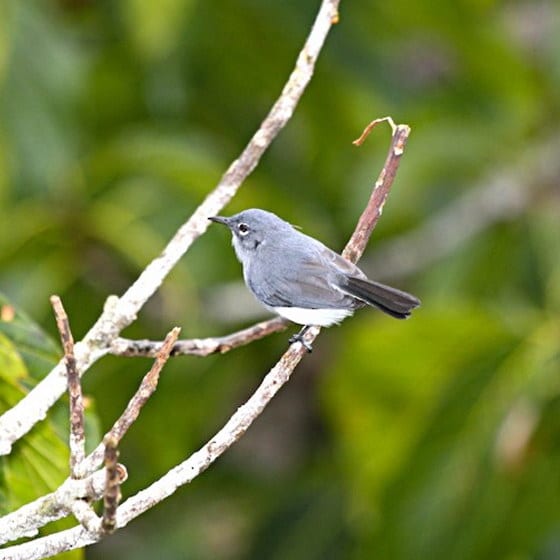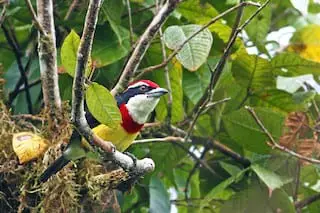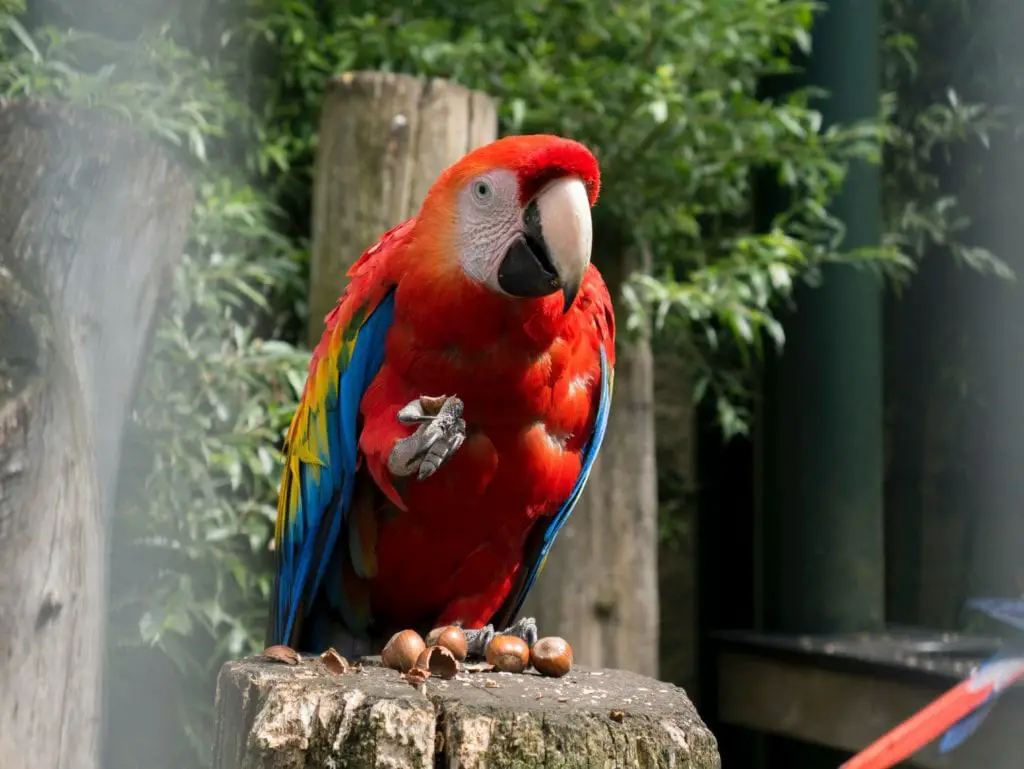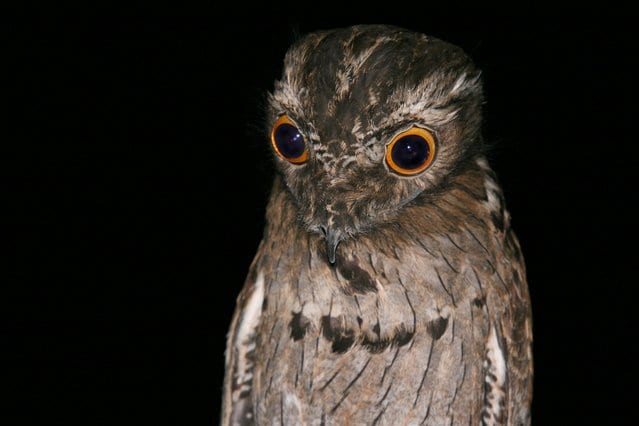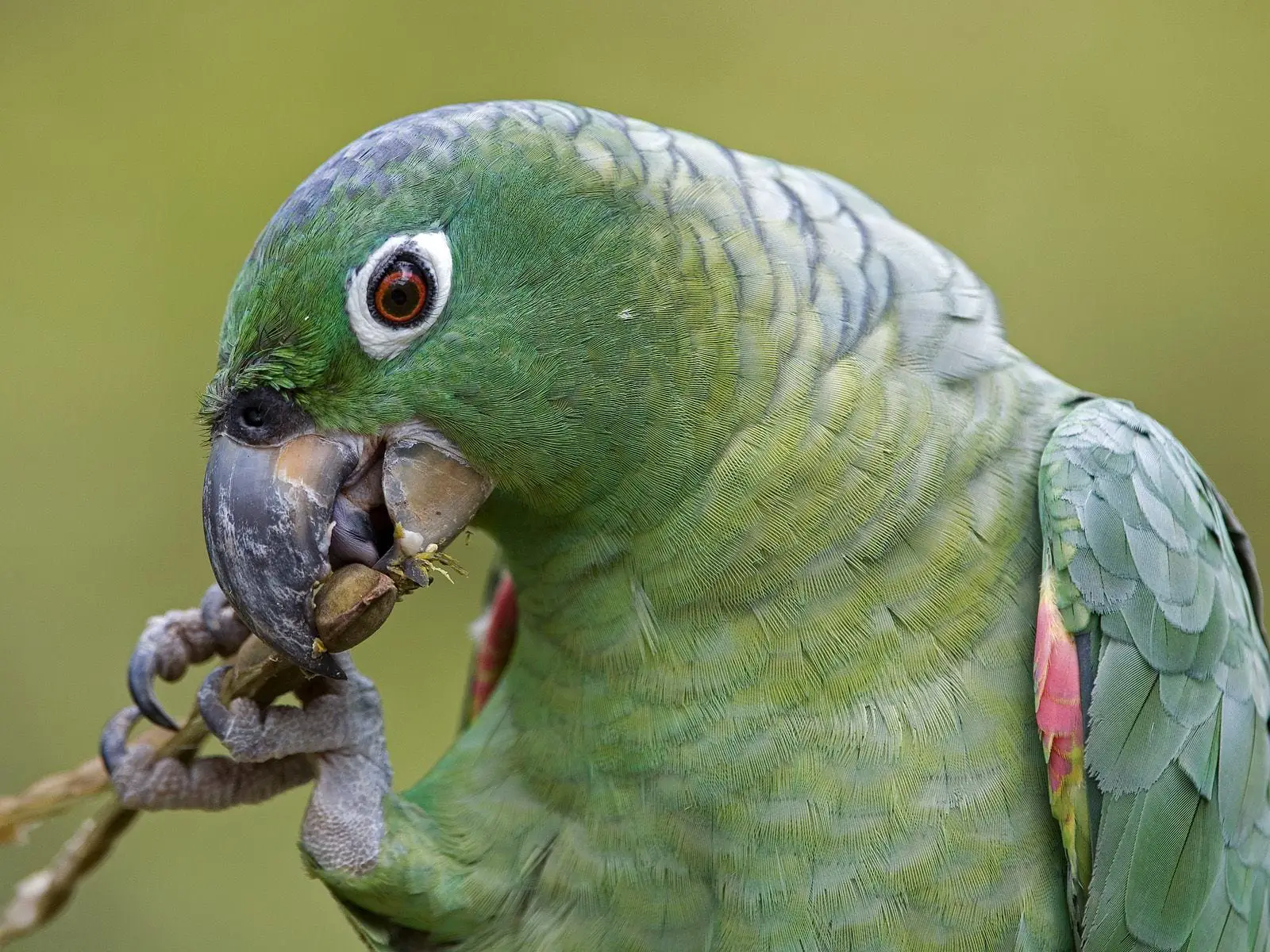Amazon Rainforest Birds to Photograph
James Bustamante is Native to New York but born to Peruvian parents. He has been traveling throughout Latin America since early 2003 and finally made his home in Peru. James has made his way by eating and traveling through almost every country in Central and South America.
Last Updated on April 7, 2021 by James Bustamante
The Amazon rainforest birds to spot on your next trip should be a list that includes some easy-to-find species like the Macaw and some that take a bit more planning like the Hoatzin.
If we just take Peru for example which registers more than 1,870 species of birds and several of these species live throughout the Amazon rainforest which covers over 60% of the country.
Ever since the 1980’s more species continue to be discovered throughout the Amazon rainforest and not just on the Peruvian side. Below we go over some of the top Amazon rainforest birds to photograph on your next excursion to this part of the world.
Hoatzin (Opisthocomus hoatzin)
This amazon rainforest bird can be photographed near streams or lakes that form part of the Amazon water system. The Hoatzin has a particular appearance to it. You can say it looks very primitive compared to other birds.
The bird is around the size of a medium to large chicken with a skinny neck and a head that looks too small for its body. On top of this small head the Hoatzin sports a rather interesting crest.
By nature this Amazon bird species seems to be a weak flyer, spending most of its time near a water source. It will mostly feed on leaves that contain toxic compounds that are then “detoxified” by the Hoatzin’s digestive system.
The Hoatzin is what bird specialists call “a communal breeder.” This means that the Hoatzin will work as a group when it comes to reproduction. During the breeding season, the Hoatzin will get together in groups of 2-7 birds, some of these birds will be simple helpers when it comes to rearing the chicks.
The helpers will focus on incubating and feeding the young Hoatzin. As a result, the young bird will grow stronger and in a faster time span making it harder for predators to attack them.
A peculiar defense mechanism used by the young birds is to drop from a branch onto the water as soon as they are faced with danger. This is one of the main reasons why this bird lives and nests near streams.
The Tunki or Cock of The Rocks

This colorful bird is known as the cock of the rocks or “Tunki” in the Inca language of Quechua. The cock of the ricks is Peru’s national bird and it can be found in the highland rainforest regions like the cloud-forest.
This beautiful species can be bright orange and poses a crest over its head. The wings as well as their back are usually covered with black and white feathers.
The female’s colors are a bit more subtle compared to the male but that is quite common among birds. The cock of the rocks will feed on leaves, fruit, and bugs when they can catch them. During mating season the Tunki will dance and sing on the forest floor to attract the female.
Amazon Toucan (Ramphastos species)
One of the most representative birds of the Amazon rainforest would have to be the Toucan. This symbol of the Amazon can be spotted rather easily by the large and colorful bill that is the same length as its body. The toucan has an approximate length of 12-24 inches (31 – 61 centimeters) and boasts a very colorful plumage. The toucan will have patches of black, yellow, white, red, and even some shades of green throughout its body.
The toucan likes the very humid portions of the Amazon rainforests where it can nest. During a tour of the Amazon, you might easily hear toucans however they can be difficult to spot right off the bat. They like to live high in the canopy treetops where they can get the best and ripest fruit.
Due to the unique shape of their toucan’s bill, they will pick fruit and hold it on the very tip. They then lean their head back to try and swallow the piece of fruit. We can also find them feasting on berries as well as spiders, insects, small reptiles, other birds (nesting), and eggs if they can find them.
If you want to get a good glimpse of one of these Amazon birds we suggest doing so during a canopy treetop tour. Your chances of photographing these in the wild will increase several times compared to staying at ground level.
Marvelous Spatuletail (Loddigesia mirabilis)
This little hummingbird has come to be known as “The world’s most amazing Hummingbird) by many bird watchers. It is native to the Amazon rainforest in Peru.
The Spatuletail has been referred to as one of the most beautiful birds in the world. This bird species measures 6 inches (15 centimeters) and can be described as having a vibrant plumage full of white, black, and green feathers with a blue crown. This tiny bird has a max weight of 40 – 70 grams. They aren’t the biggest birds you will find but they are definitely unique.
The most marvelous part of the “Marvelous spatuletail” is its long tail that divides in the middle with twin feathers that are independent of each other. This makes it seem as if it had two tails. Many bird watchers refer to the flight of the Spatuletail as if there were 2 butterflies trying to mob a hummingbird.
This small hummingbird can only be found in the NorthEast of the country, in the Amazonas region of Peru.
The Iquitos Gnatcatcher (Polioptila clementsi)
The Iquitos Gnatcatcher is a recently discovered species compared to the others on this list. It was discovered in 1997 by the biologist Jose Alvarez Alonso. The Amazon bird was found around the city of Iquitos in the northeast of the Peruvian Amazon in the Allpahuayo Mishana national reserve.
This Amazon rainforest bird can only be found in the Allpahuayo Mishana reserve and they live specifically over an area of white sand that forms part of their ecosystem. it is estimated that there are only around 100 of these birds left in the wild. This makes the Iquitos gnatcatcher a critically endangered species and very difficult to spot.
Scarlet-Banded Barbet (Capito wallacei)
This scarlet-colored bird belongs to the Capitonidae family. It can be found across the blue Cordillera mountain range in the lush and green Loreto region of Peru.
This amazon rainforest bird measures 7.5 inches in length (19 centimeters) and likes to live in trees located within mountainous regions of the Amazon, so they are not easy to spot. They will usually thrive at an approximate elevation of 5,000 feet (1,500 meters) above sea level and feed primarily on insects and fruit.
This species is considered to be a threatened species mainly due to the deforestation taking place in the Amazon rainforest.
Scarlet Macaw (Ara macao)
The Scarlet Macaw is one of the most representative bird species that live in the Peruvian Amazon rainforest. You can find pictures of these large, colorful birds feeding in clay-licks all over the internet, in postcards, travel publications, and even as logos.
They are called the scarlet macaw due to the main coloring being, well… Scarlet. These birds will also have feathers that are green, blue, yellow, and even black.
The Scarlet Macaw is a very important part of the rainforest ecosystem. These birds will feed on fruit and help spread the seeds as they fly all over the Amazon. These macaws can be found in “Aguajes,” a type of palm tree that grows in the Amazon rainforest, as a place for nesting.
This species of Amazon bird can reach up to 35 inches in length (89 cm) and an approximate weight of 2.6 lbs (1.2 kg).
The Potoo (Nyctibiidae)
The Potoo is a rather interesting-looking bird. To be able to watch the Potoo you will have to start the bird-watching journey at night since they are nocturnal birds. They are not the easiest bird to spot, in fact, they have always been a challenge for researchers and bird watchers.
These amazon birds will perfectly blend with their surroundings. The Potoo’s plumage can be described as a bark colored brown with some white blended in, they will stand motionless on tree branches while they wait for food to pass by.
Add the extremely dark Amazon rainforest night to the equation and you have quite the challenge ahead of you.
The Potoo likes to feast on flying insects and will even try to catch small bats if they have a chance. The call of the potoo is very noticeable, it almost sounds like a sad rumble coming from the tree-tops. If you can hear the potoo’s call over all the other night-time rainforest noises then you might have a better chance of spotting one.
Mealy Parrot (Amazona farinosa)
The mealy parrot can be found all throughout the Amazon rainforest. They are easily noticeable with their deep green plumage. They thrive on a diet of ripe fruit, leaves, seeds, and on some occasions insects.
Coloring for this Amazon species ranges from a shade of lime to a more intense green coloring. Their primary flight feathers can be of a bluish tint as well. For many years these Amazon birds were sold as pets due to their ability to imitate sounds and in some cases speech.
Conclusion
The Amazon rainforest is a wonderful place to visit for anyone that is interested in nature. It is definitely not one of the easiest places to get to but the experience you get from visiting one of the most mystical places on earth cannot really be put into words. If you would like to take a trip to Peru, hike Machu Picchu, and visit the Amazon contact us today!
Resources
Thanks to Bird Call Resources: https://www.peruaves.org
Frequently Asked Questions About Amazon Rainforest Birds
Where is the best place to go bird watching in Peru?
There are many great places but the most complete is in the Tambopata nature reserve in Puerto Maldonado.
Will I be able to spot Macaws on a trip to the Amazon?
Yes, Macaws will be one of the more common species of birds you will spot during the trip.
Are there nocturnal bird watching sessions in the Amazon tour?
Yes, there are nocturnal tours of the Amazon rainforest organized for various groups.


